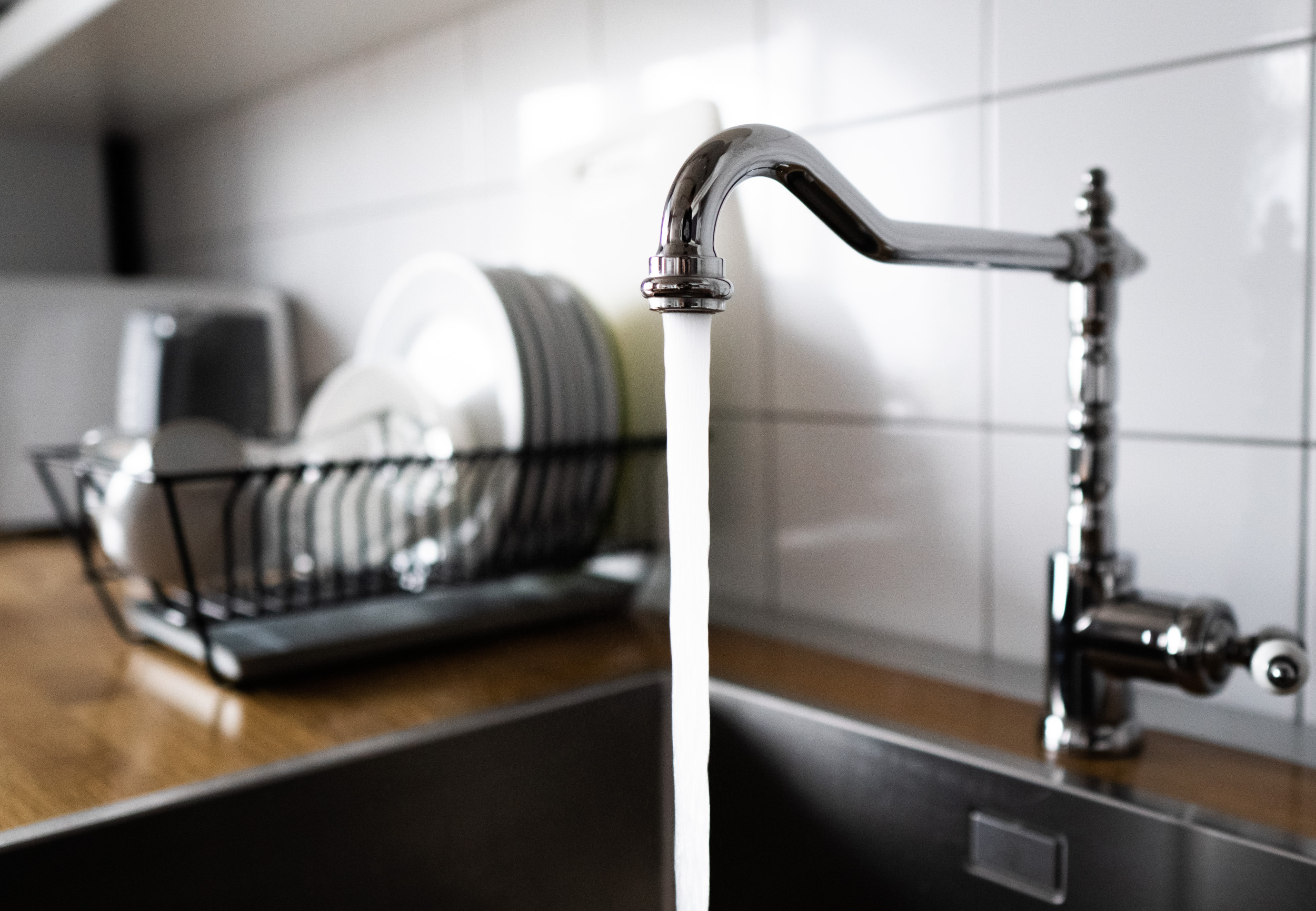Many of you may be familiar with a feeling of soreness hours or even days after a workout, also known as delayed onset muscle soreness (DOMS).
This pain typically occurs following certain muscle lengthening actions, Dr. William Braun, a fellow at the American College of Sports Medicine (ACSM), told Newsweek, such as:
- The controlled lowering of a dumbbell during a biceps curl exercise.
- The load placed on the quadriceps muscle group when walking down a steep hill.
- Running down a hill.
- Running on a flat surface. If you're not used to running, even running on a flat surface can create symptoms of DOMS, Braun said.
As the phrase "no pain, no gain" implies, is this soreness a good sign?
Should you workout when sore? Fitness experts explain what happens to the body when DOMS hits and when you should be concerned.

What is DOMS?
DOMS is a sensation of soreness that comes from "microtears" and a subsequent inflammatory process, Austin Martinez, a certified athletic trainer who is the director of education for the StretchLab.
Braun explained DOMS encompasses a variety of symptoms "beyond localized muscle pain that normally results from unaccustomed exercise or activity that involves production of high forces," particularly those sustained during muscle lengthening, known as "eccentric muscle actions."
The soreness will surface anywhere from hours up to a day or so (usually within 24 to 72 hours) after a "damage-inducing session" of exercise, he said.
Other symptoms of DOMS can include the following, as outlined by Braun:
- Pain at the muscle tendon attachment.
- Tissue swelling.
- Transient strength reduction (or general weakness in the affected muscle groups).
- Reduced range of motion at a joint. Braun explained: "Think of T-rex arms in a human—following very intensive eccentric loading of the elbow flexors, the elbow joint can temporarily lose full extension and potentially full flexion for several days."
Roger Franco, an assistant fitness manager at Crunch Fitness in Fort Greene in the New York City borough of Brooklyn, told Newsweek, several factors can contribute to pain associated with DOMS, such as the following:
- The accumulation of lactic acid in the muscle tissue.
- Damage to the connective and muscle tissues.
- Inflammation.

Is DOMS a Sign of a Good Gym Session?
Franco said: "DOMS is one of the most common forms of sports or exercise-related injuries and not necessarily a sign of a good workout."
He noted that while lactic acid is most commonly blamed for DOMS, recent studies suggest that after a period of intense exercise, lactic acid levels return to normal within one hour. So lactic acid is less likely to be related to pain or discomfort during the 24 to 72 hour period following exercise.
"Currently, the most accepted cause of DOMS is the combination of two factors—damage to the muscle and connective tissue caused by vigorous exercise, followed by the associated inflammatory response," he explained.
Braun said: "You don't have to experience delayed soreness to achieve a good workout session. In fact, if this were the case, you would have to wait around for a day or two to gauge whether pain shows up to decide if that was a good session or not, which would be kind of inconvenient."
With the nature of DOMS pain usually peaking around 24 to 72 hours after a training session or after you perform a certain unaccustomed exercise, "it's pretty impractical to gauge the quality of a training session by how sore you became a few days later," he said.

Is DOMS a Sign of Muscle Growth?
DOMS and other types of soreness are an indication of muscle growth, Martinez said. Those "microtears" are caused by a stimulus (stress/load) placed on the muscle.
"Contrary to popular belief, inflammation is not always bad. In fact, in this instance it is a necessity to ensure proper recovery and remodeling of the muscle tissue," he explained.
The body adapts and rebuilds itself into a stronger form through the inflammatory process. Inflammatory markers, such as white blood cells, red blood cells, and cytokines, in addition to lactic acid, build up in the area to help with the remodeling process, the certified athletic trainer said.
Braun noted there is evidence that muscle enlargement (muscle hypertrophy) is better supported when "eccentric loading is given attention during weightlifting training."
You don't have to sustain high levels of pain or damage to enable this process but it is more likely that a weight lifter will experience some level of soreness with intensified training, he said.
However, "DOMS is not likely to be absolutely necessary to promote muscle fiber enlargement. In fact, symptoms of severe DOMS have been shown to delay strength recovery for up to a month."
During this period of time, it's likely that the quality of your training will be poorer, which could interfere with muscle growth, according to Braun.
Franco agreed, noting that while exercise-induced muscle damage is a necessary part of hypertrophy, "DOMS may actually be counterproductive to muscle tissue growth and development."

Should You Workout When You're Sore?
Soreness should be perceived as a signal that "some level of tissue injury is present," Braun said.
While this doesn't necessarily mean that training should be withheld, it's important to recognize that soreness and damage can get worse if you continue to exercise while DOMS symptoms are present, he warned.
"In extreme and dangerous cases, muscle proteins can break down and collect in the kidneys which can raise the risk of kidney injury and, albeit rare, renal failure," he added.
At the very least, the stresses placed on the injured muscle should be reduced when you're experiencing DOMS, Braun advised.
For example, if your quad muscles are very sore a day or two after a hard run, it'd be wise to continue to refrain from further running for a few days as symptoms fade.
Similarly, if your muscles are very sore from a recent lift and you feel significant stiffness, pain with muscle contraction, and any swelling, it'd be advisable to refrain from further lifting exercises of the involved muscles until symptoms diminish, Braun said.
Franco advised that vigorous exercise while DOMS symptoms are ongoing may replicate or increase muscle tissue damage and aggravate pain or soreness.
"An experienced personal trainer can help clients avoid or minimize DOMS by starting physical activity in a progressive training program, slowly increasing exercise intensity and gradually introducing overload," he said.
While it's okay to still workout when you're sore, Martinez recommends doing recovery-focused exercises instead, such as yoga or a low-impact activity like cycling or rowing "so you don't overtrain or put too much strain on your muscles."
Those who are into strength training can also rotate which muscle groups to work on certain days. For example, if your lower body is sore from squatting on a Monday, perhaps you can focus on your upper body muscles on Tuesday, he said.
If your muscles have not had enough time to recover, "a catabolic process" takes place, which sees the muscles degrade and continually break down.
This process is referred to as "overtraining." It's a state in which hormone levels (cortisol) are elevated, causing stress, adrenal fatigue and muscle breakdown, Martinez explained.
Therefore, implementing a recovery routine, whether that means a longer rest period, better sleep or post-workout stretching, will be helpful for making your workouts productive, he advised.
When Soreness Is a Cause for Concern
Martinez advised you should "always consult a physician before starting a workout regimen, explaining that muscle soreness is a bad sign in the following cases:
- Completing basic daily activities becomes painful.
- You notice signs of swelling and inflammation.
- The soreness lasts for an extended period of time.
If you experience excessive soreness consistently after exercise, it usually indicates you're performing too much volume or not recovering sufficiently, according to a Johns Hopkins University blog by Liz Koehling, a licensed athletic trainer. Recovery should be incorporated as part of your exercise routine in such cases.

Uncommon Knowledge
Newsweek is committed to challenging conventional wisdom and finding connections in the search for common ground.
Newsweek is committed to challenging conventional wisdom and finding connections in the search for common ground.
About the writer
Soo Kim is a Newsweek reporter based in London, U.K. She covers various lifestyle stories, specializing in travel and health.
Soo ... Read more





